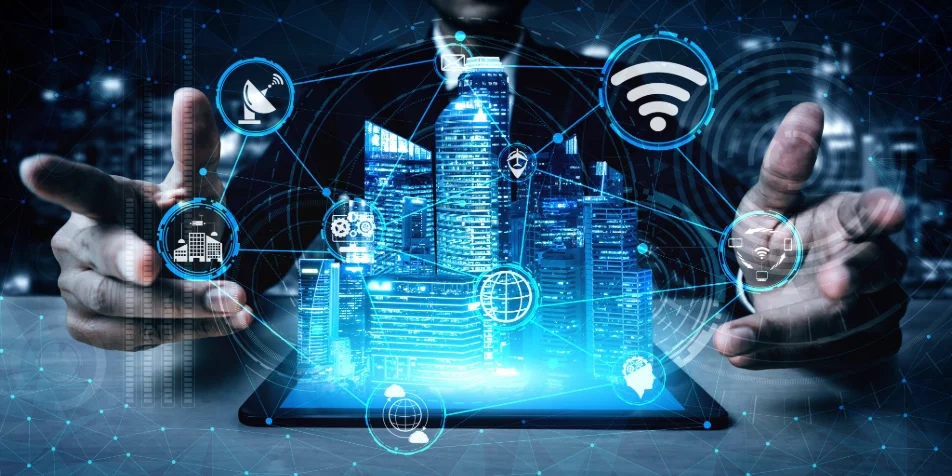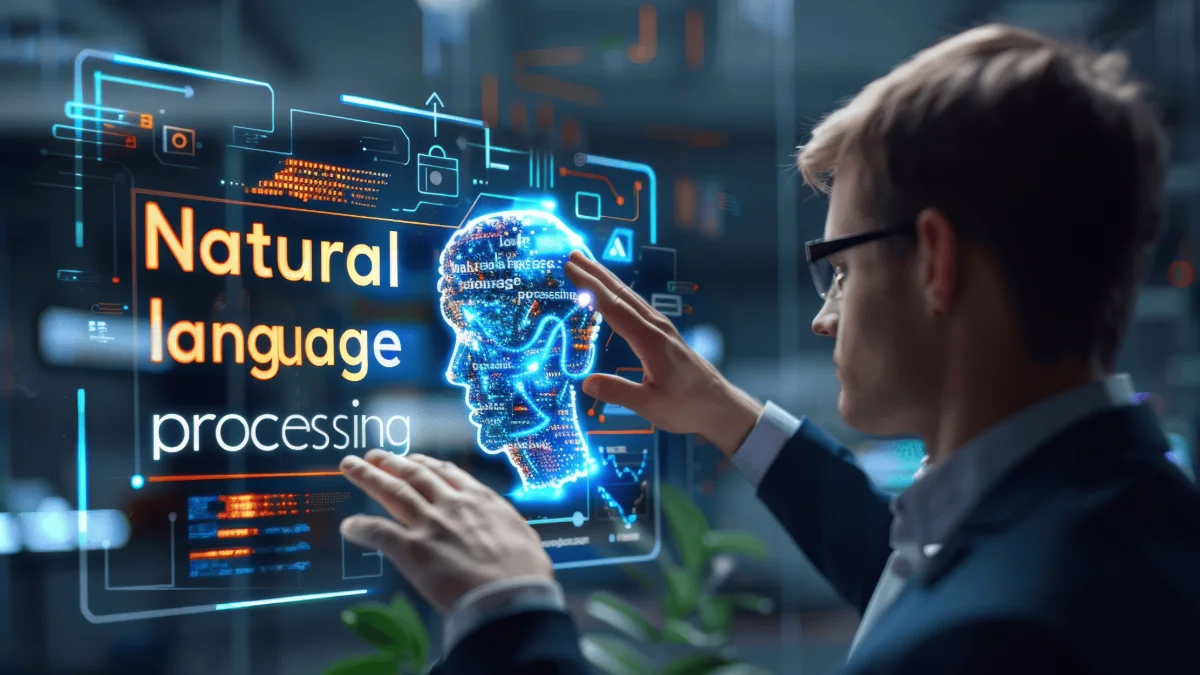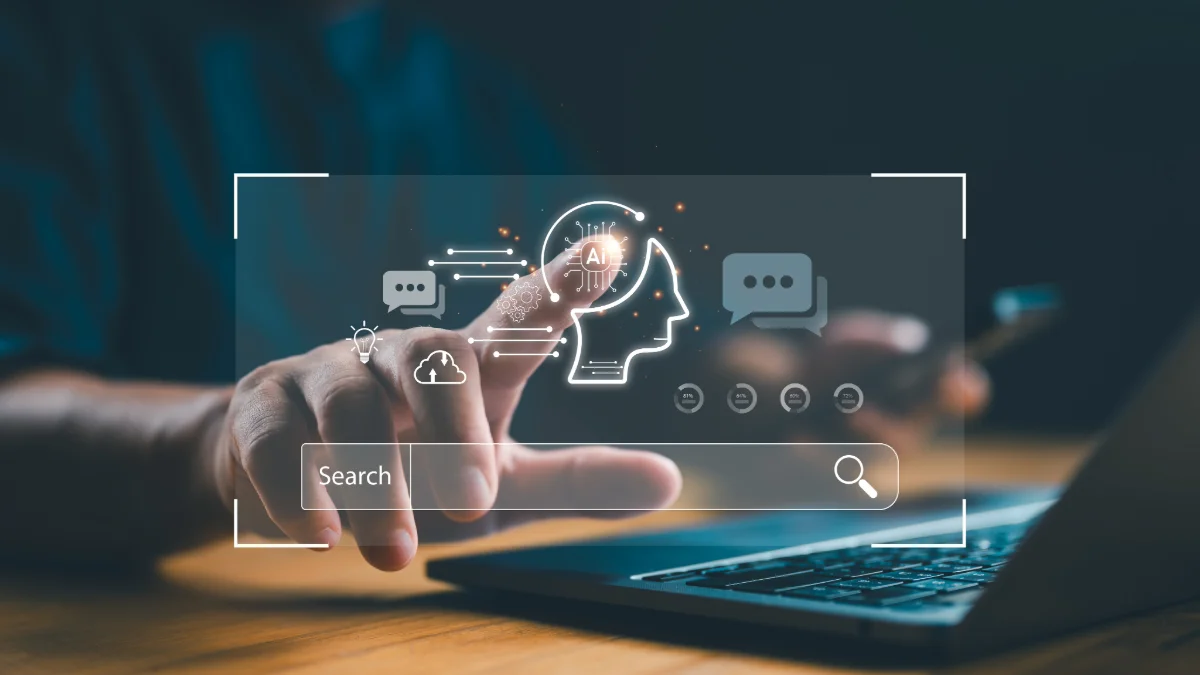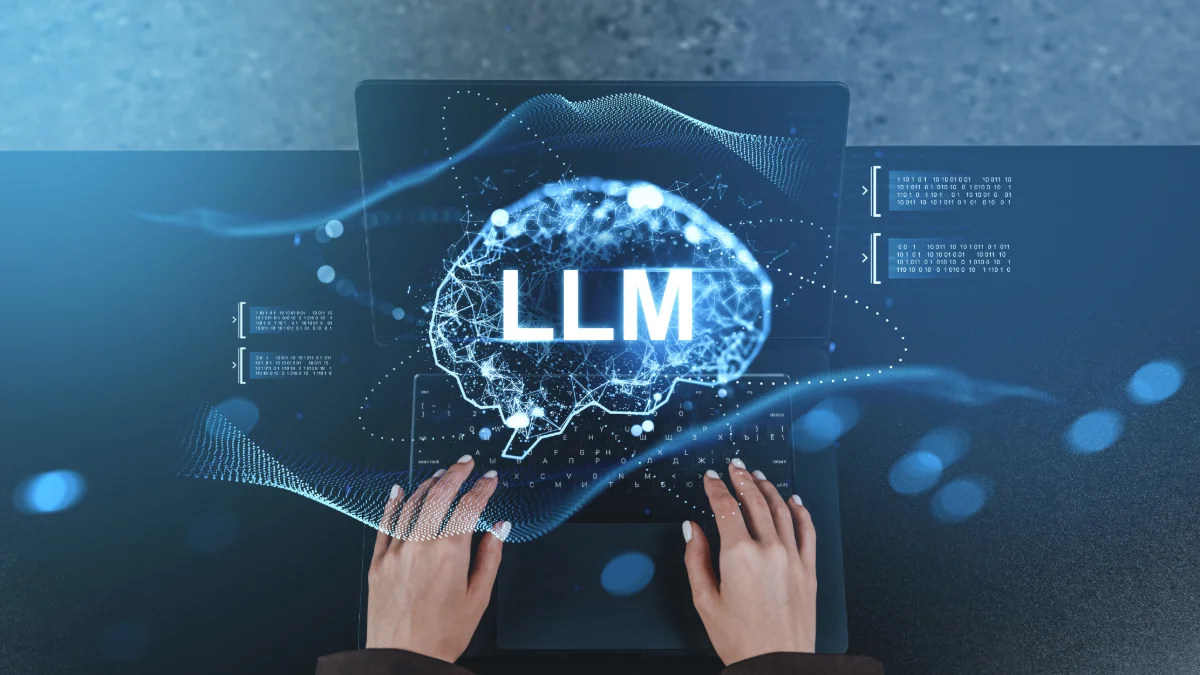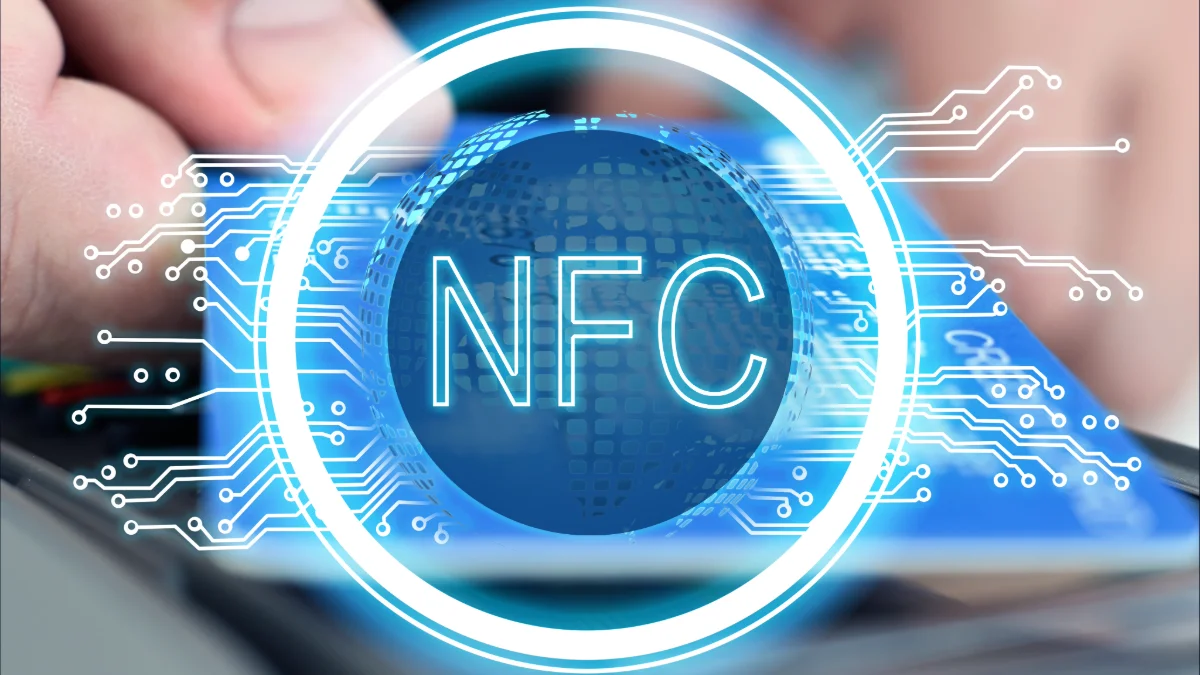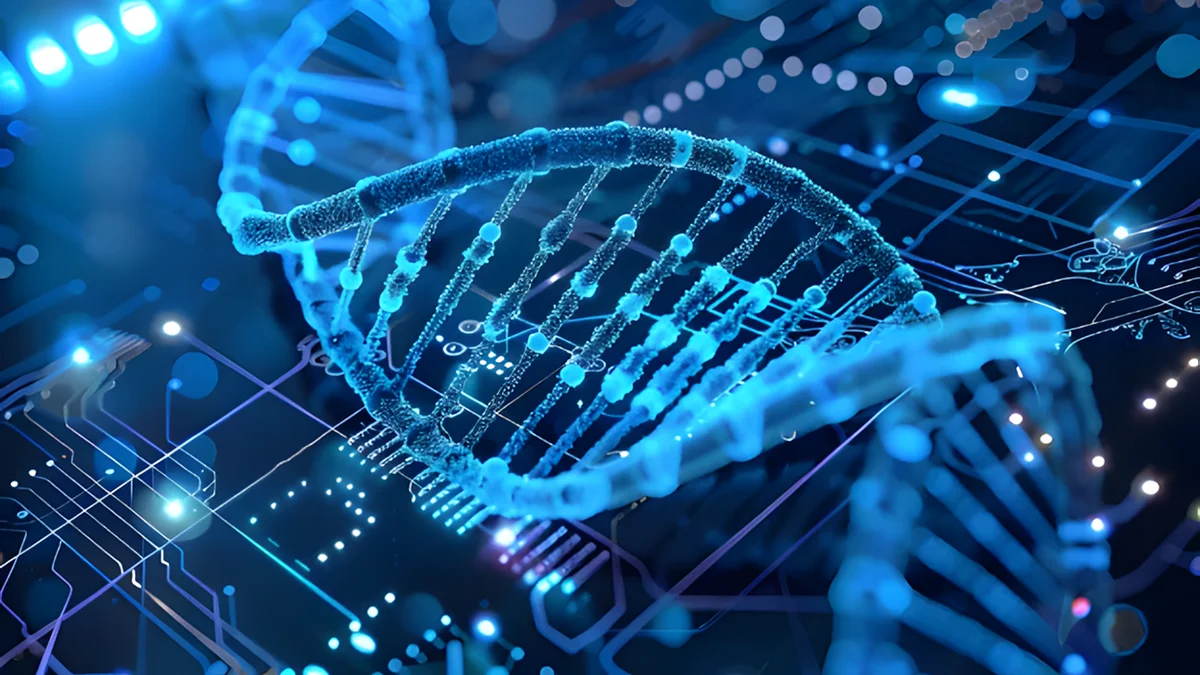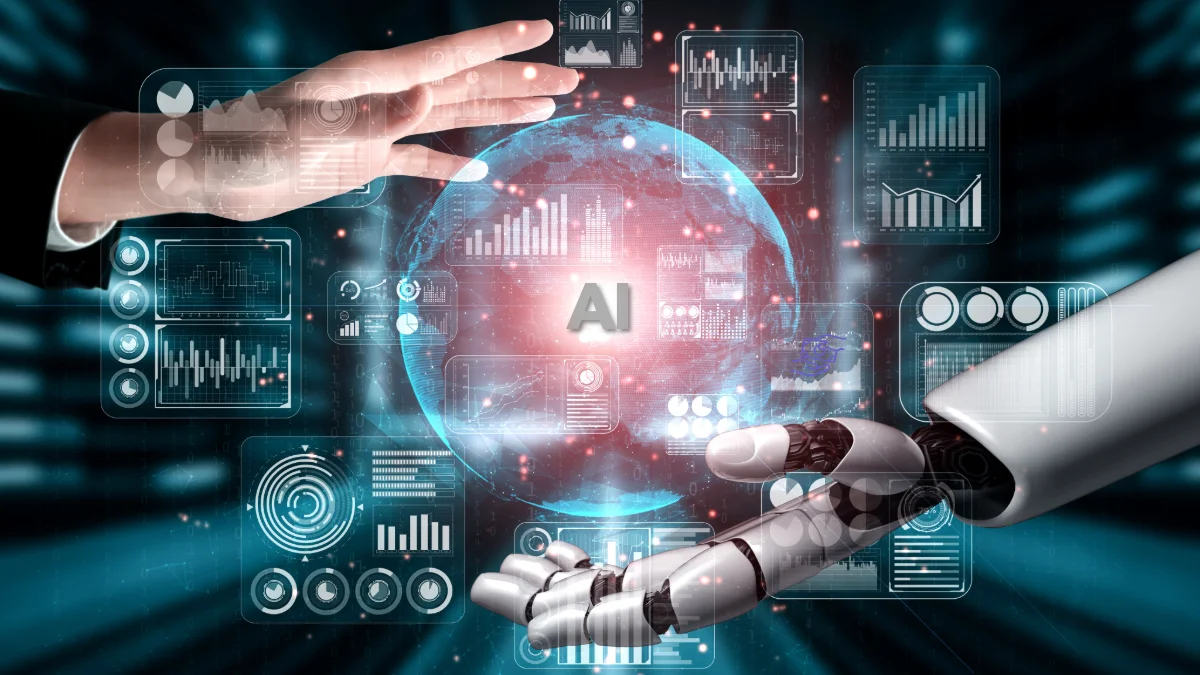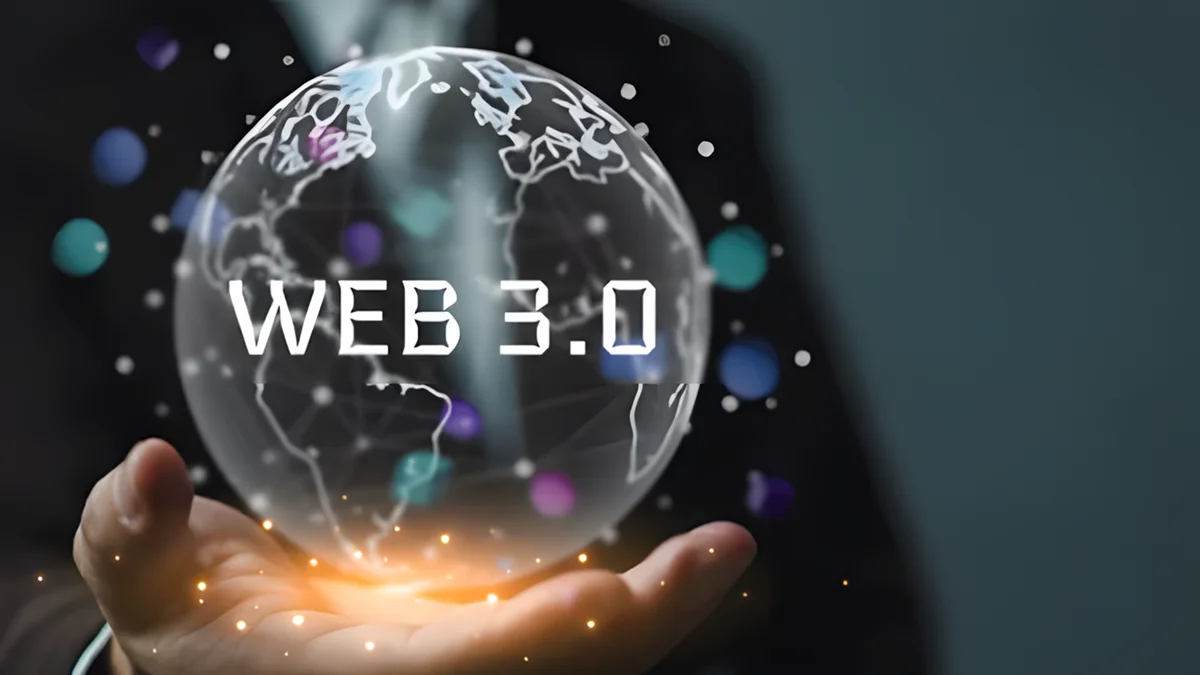1.
What Is the Internet of Things (IoT)?
The Internet of Things (IoT) refers to the communication between devices connected to the internet—a concept that has been in use across various domains for quite some time. These devices, equipped with sensors, software, and other systems, enable industries across different sectors to enhance efficiency by shortening application and operation times. Continue reading to find out what the Internet of Things is, how it works, its relationship with cloud systems, its advantages and disadvantages, and its main areas of application.
As briefly mentioned above, the term IoT—short for "Internet of Things"—refers to a network of internet-connected devices designed to share data. In this system, connected devices collect, transmit, and analyze environmental data, enabling them to communicate or take action based on analytical outcomes. In fact, these devices can even act autonomously when necessary. The primary goal of IoT is to reduce human intervention and make processes faster, more efficient, and smarter. Today, IoT applications can be found in numerous areas—from smart home systems and industrial automation to healthcare technologies and city management.
The core components of an IoT system include sensors and devices, connectivity technologies, data processing, cloud platforms, user interfaces, data security, and system integration. Sensors collect environmental data such as temperature, light, motion, or humidity, transmitting it to other devices or central systems via the internet. The collected data is then processed using specific algorithms and transformed into meaningful insights. Additionally, user interfaces allow this processed data to be presented visually to end users.
Components of the Internet of Things
The elements that make up IoT help define what IoT is. Below is a detailed list of the main components of the Internet of Things:
- Sensors and devices are the primary elements that collect data such as temperature, light, humidity, or motion from the environment.
- Connectivity enables the transmission of collected data over the internet, often using technologies such as Wi-Fi, Bluetooth, LoRaWAN, NB-IoT, or 5G.
- The data processing stage involves analyzing raw data received from devices to make it meaningful.
- Cloud platforms allow IoT data to be stored, managed, and accessed from anywhere.
- The user interface presents the collected data visually—for instance, displaying temperature readings in a smart home application.
- Data security ensures that communication between devices and networks remains protected. Encryption and authentication methods play a vital role here.
- Integration allows different devices to work together within a single system, enabling automation.
2.
How Does IoT Work?
For many people seeking to understand what the Internet of Things means, another key question is how this technology actually operates. IoT systems function with minimal human intervention thanks to big data, cloud solutions, low-cost sensors, advanced network connections, and analytics systems. Essentially, the IoT workflow involves data collection, transmission, processing, and action. Below is a step-by-step explanation of how IoT works:
- Data Collection: Much like how the human brain analyzes external stimuli to make sense of its environment, IoT devices collect data such as temperature, pressure, light, motion, location, or humidity through their sensors. This step provides the foundational data needed for informed decision-making.
- Data Transmission: The collected data is transmitted to a central platform or cloud system via an internet connection—using technologies such as Wi-Fi, 5G, LoRaWAN, NB-IoT, or mobile networks. This ensures that the system functions in a synchronized manner.
- Data Processing: Raw data received from devices is analyzed either in the cloud or on local servers. The data is classified, filtered, and transformed into meaningful insights. Some systems also use artificial intelligence or machine learning algorithms to generate predictions and recommendations.
- Action and Outcome: Processed data triggers specific actions depending on the application type. For example, in a smart home system, the heater may automatically turn on when the room temperature drops below a certain level. In industrial environments, an alert can be automatically sent to maintenance teams when a machine anomaly is detected.
In short, the answer to "How does the Internet of Things work?" lies in data flow and decision-making. Each component acts as a link in the chain—sensors collect data, connectivity technologies transmit it, cloud and analytics systems process it, and feedback is delivered to users or machines. As a result, systems evolve into intelligent, self-learning structures that not only share information but also continuously improve.
3.
Where Is IoT Used?
By definition, the Internet of Things is used in many different fields, enhancing efficiency and intelligence across both daily life and industrial operations. Below are the most common application areas of IoT:
- Smart Home Systems: Enable home automation through heating, lighting, security cameras, and smart devices. Users can control their homes via smartphones or voice assistants.
- Healthcare Sector: Wearable devices and medical sensors integrated into headphones, watches, or even glasses enable real-time health monitoring and remote alert systems.
- Industrial Automation: In factories, machines and production lines are interconnected through IoT, allowing predictive maintenance and process optimization.
- Smart Cities: Traffic management, street lighting, waste management, and energy consumption are monitored and controlled via IoT, helping cities become more sustainable.
- Agriculture and Livestock: Sensors track soil moisture, weather conditions, and animal health to increase productivity and optimize resource use.
- Logistics and Transportation: Vehicles, cargo, and fleet management are monitored with IoT devices, improving delivery times and operational safety.
As seen above, IoT plays a key role not only for tech enthusiasts but also across daily life and the business world. Data collected from sensors, combined with connectivity and analytics, creates value for both individuals and organizations.
4.
Advantages and Disadvantages of IoT
While IoT simplifies life and minimizes human error, it also carries certain risks. Since IoT applications rely on internet-connected devices, they are always vulnerable to cyberattacks—hence, recovery solutions should always be considered. IoT devices can be exposed to cyber threats due to weak security measures, software vulnerabilities, or non-standard configurations. Additionally, for small businesses that have not yet reached sufficient scale, IoT infrastructure and devices may represent a significant cost. The regular maintenance these devices require can also be seen as a disadvantage for some users.
Meanwhile, our article Stay Safe with Managed Security Services might also interest you.
Despite these risks, IoT applications offer undeniable advantages such as increased efficiency, real-time data monitoring, cost savings, flexible decision-making, and improved user experience. By automating workflows and minimizing human error, IoT enables faster and more accurate decision-making. Furthermore, IoT applications in our homes and vehicles provide significant convenience in daily life. Energy efficiency is also among the key benefits of IoT. Thanks to sensor and automation systems, maintenance and operational costs are reduced—leading to energy savings in the long run.
5.
What Is the Industrial Internet of Things?
So, what is the Industrial Internet of Things (IIoT)? The Industrial Internet of Things, or IIoT, is the adaptation of IoT technology to industrial sectors such as manufacturing, energy, and logistics. These systems enable data flow between machines, sensors, and control systems, automating and optimizing business processes. As a result, production line efficiency increases, maintenance costs decrease, and operational downtime is minimized.
Moreover, the Industrial Internet of Things provides businesses with real-time visibility through data collection and automation. This allows companies to manage operations more efficiently, utilize resources more effectively, and gain a competitive edge.
6.
The Power That Makes IoT Data Meaningful: Cloud Computing
As you might expect, while the data produced by IoT devices is valuable on its own, it needs to be analyzed to derive meaningful insights. This is where cloud computing comes into play. Cloud systems are used to store, analyze, and securely manage large volumes of data generated by IoT devices. In this way, raw data collected by sensors is transformed into actionable insights for users or businesses. For example, data from sensors along a factory production line can be analyzed in the cloud to detect potential malfunctions in advance and automatically schedule maintenance.
In conclusion, IoT and cloud computing work together as complementary technologies. IoT devices generate data, while cloud platforms process and store it—enabling smarter, more efficient, and more secure decision-making in both everyday life and industrial environments. In essence, the full potential of IoT is realized through the power of cloud computing.
